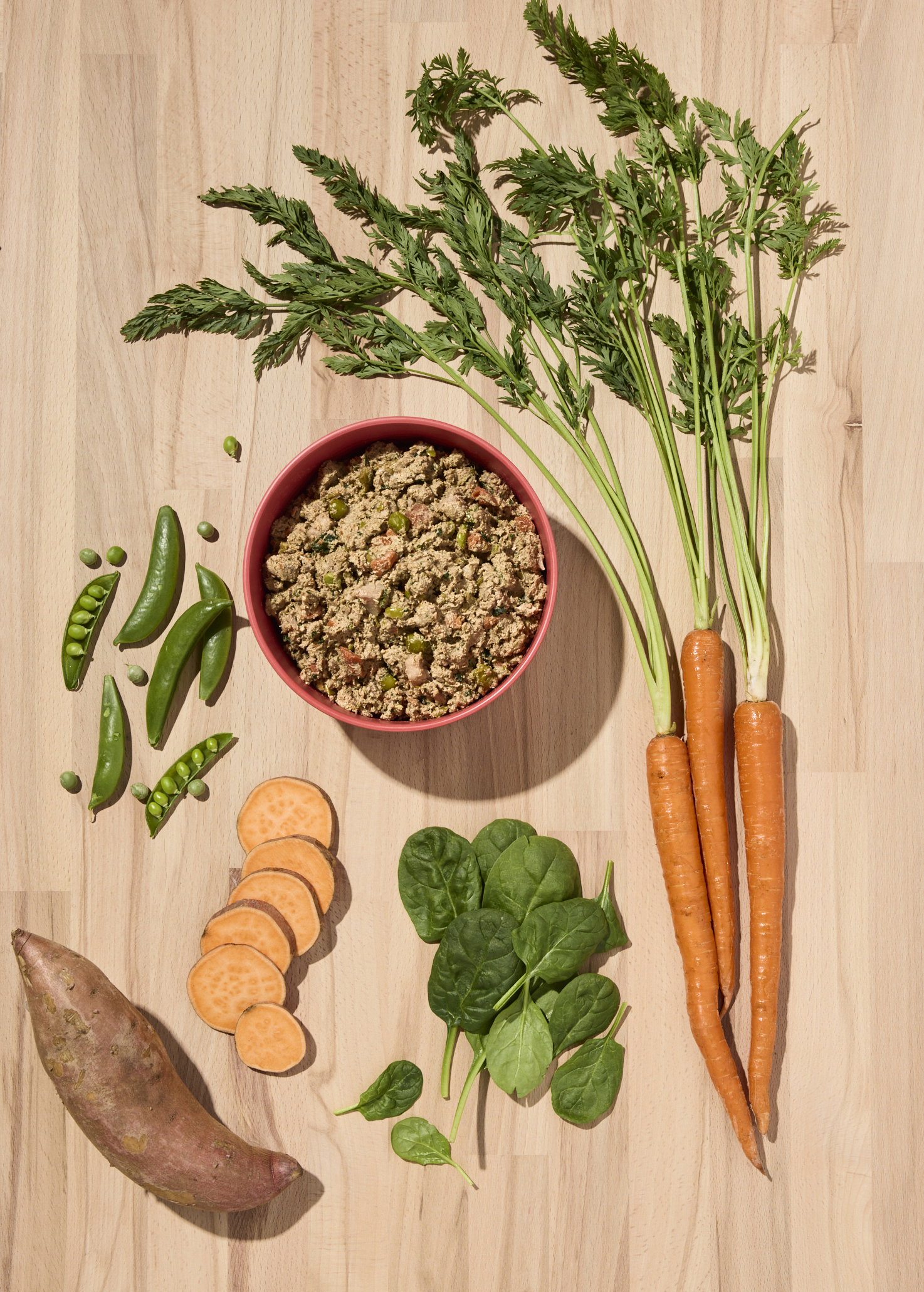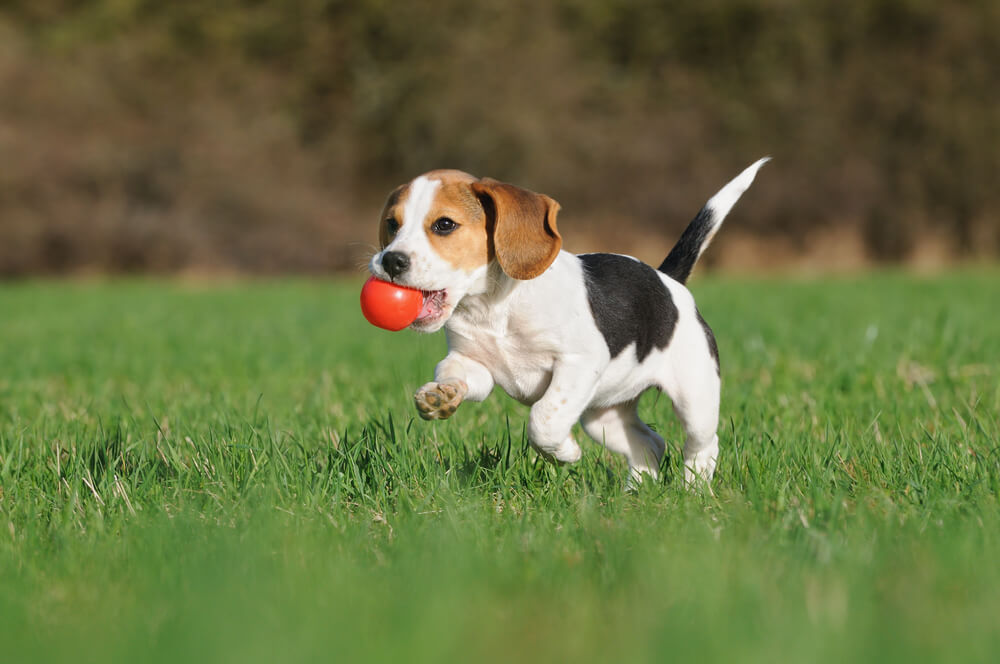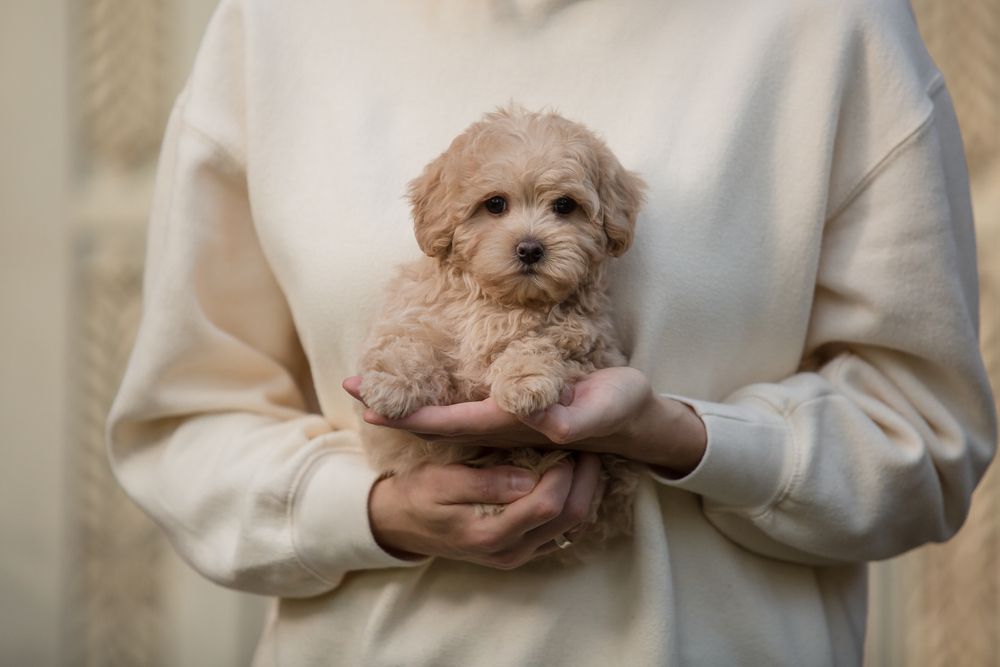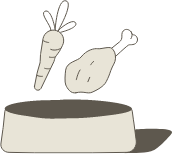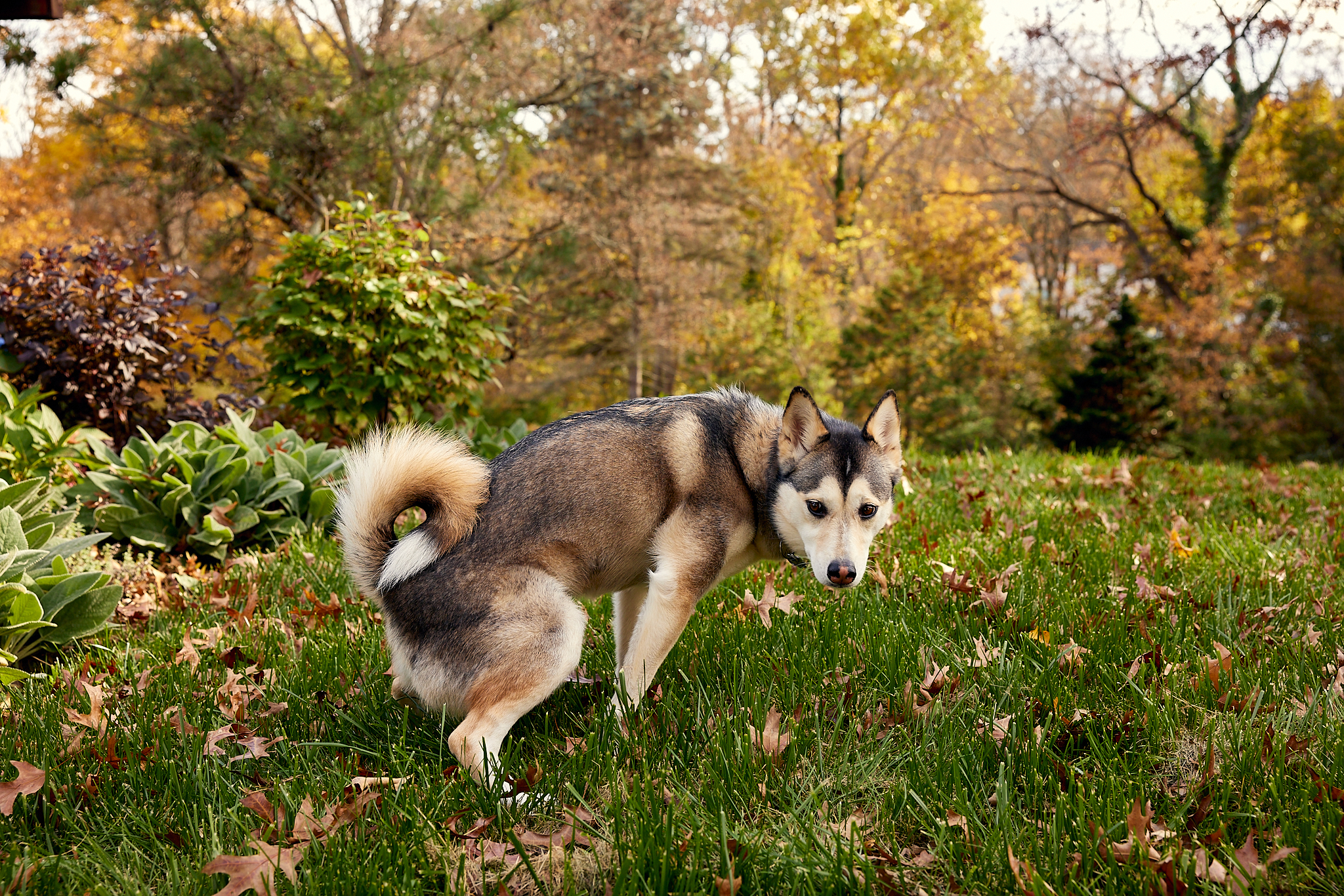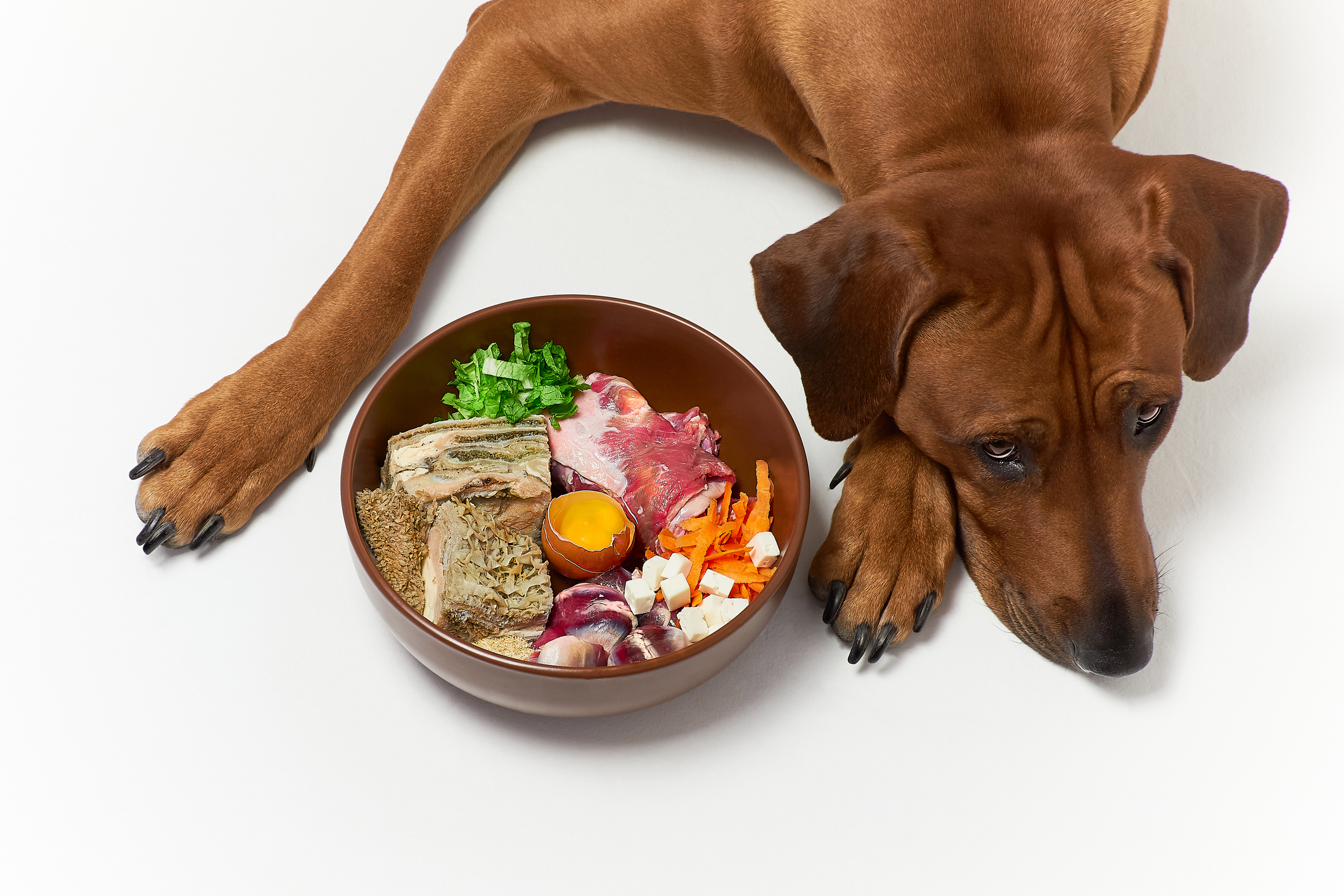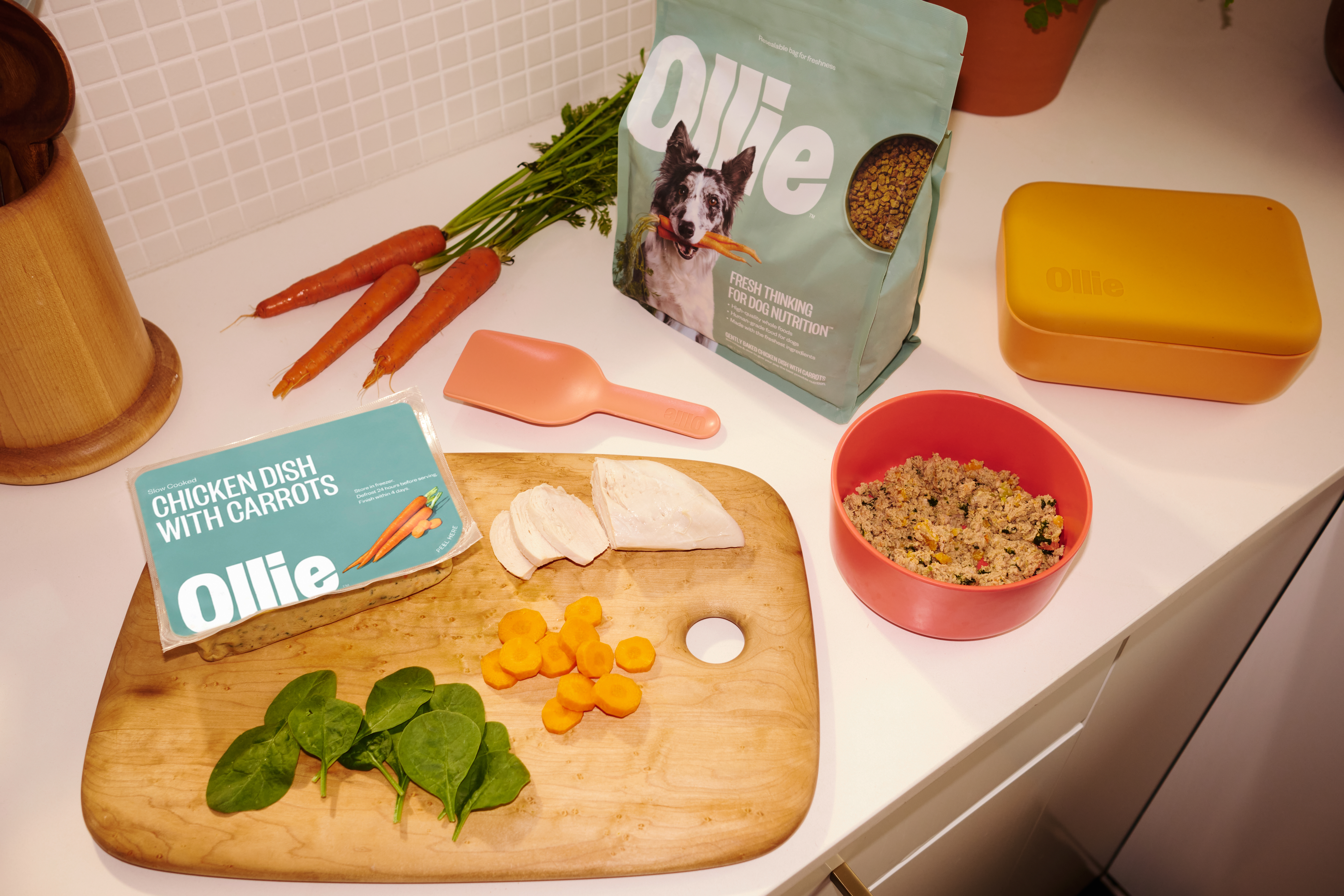Hey Ollie blog readers! We’re offering you an exclusive 60% OFF your starter box! Try now!
Finding a healthy dog food that meets your pup’s specific needs is crucial for your dog’s health and happiness. However, when it comes to including grains in your dog’s diet, the amount of debate surrounding the topic can make it difficult to feel confident in making the right choice.
Read on to understand the role of grains in a dog’s diet, the concerns surrounding grain-free foods, and how to choose a specialized diet that is truly right for your companion.
Understanding Grains and Grain-Free Diets
Before deciding if a grain-free diet is appropriate, it’s important to understand what these diets are and what they replace.
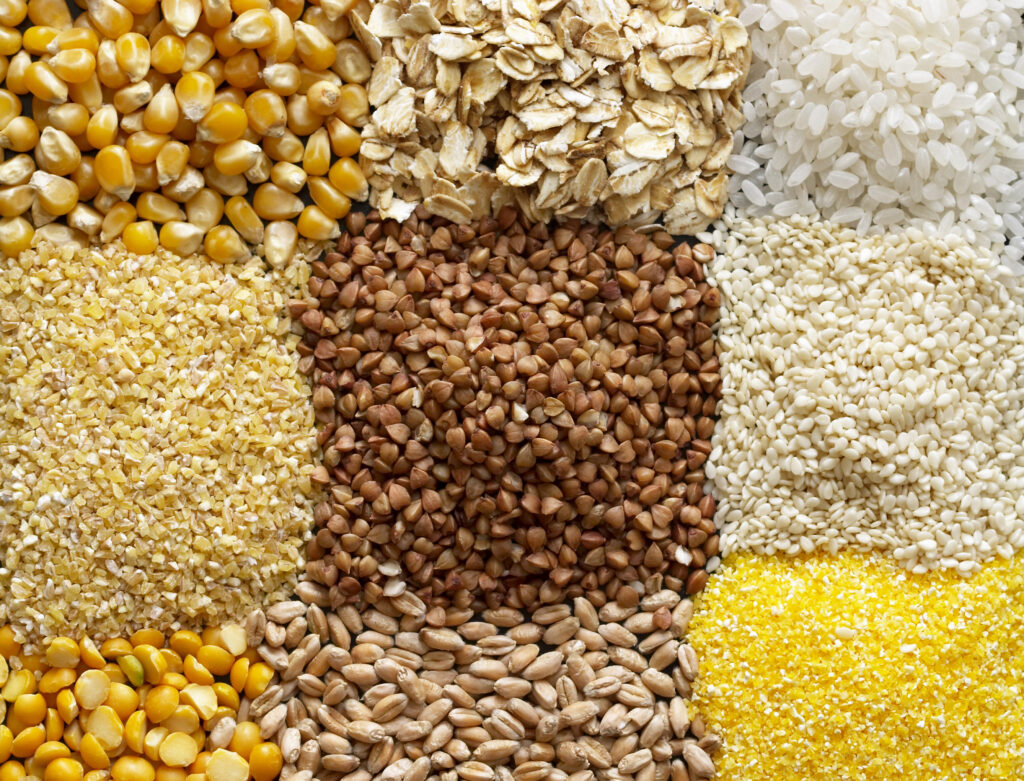
What Are Grains in Dog Food?
Grains are the seeds of grasses, and common examples in dog food include wheat, corn, barley, oats, and rice. For most dogs, healthy whole grains are a valuable part of a balanced diet. They are an excellent source of carbohydrates for energy and provide essential nutrients like iron, B vitamins, and fiber [1].
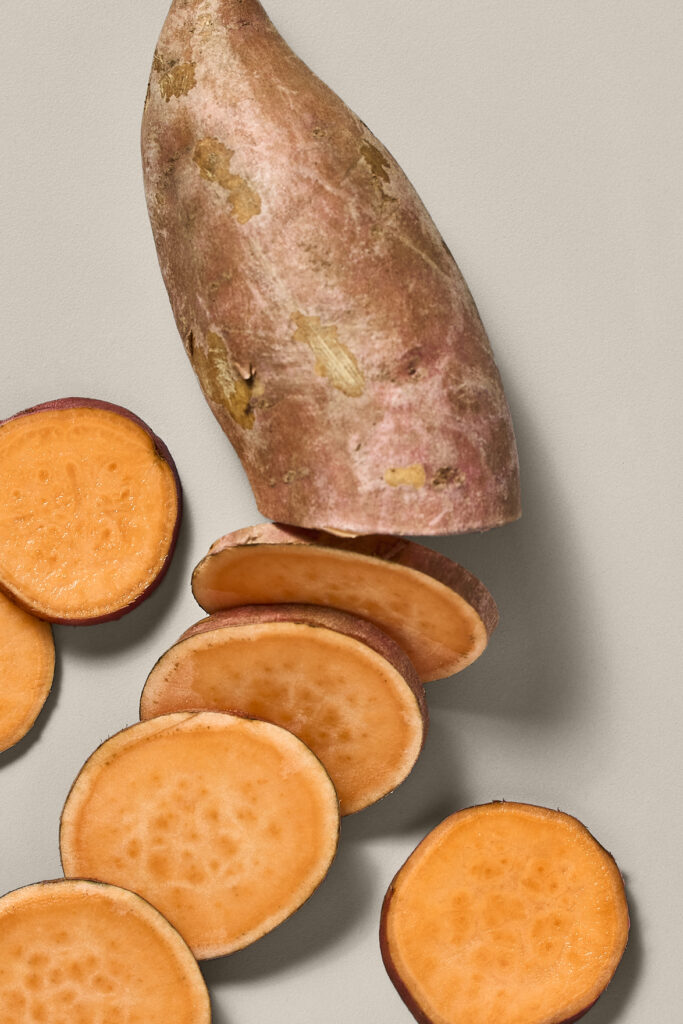
What Is Grain-Free Dog Food?
Grain-free dog food simply excludes all grains. To provide the necessary carbohydrates for energy, these recipes use alternative ingredients, such as:
- Potatoes or sweet potatoes
- Peas
- Lentils
- Other legumes or pulses [2]
While these ingredients can be part of a healthy diet, their high concentration in some grain-free formulas has become a point of concern.
The Controversy: Grain-Free Diets and Canine Heart Health
The conversation around grain-free food changed dramatically in 2018 when the US Food and Drug Administration (FDA) announced an investigation into a potential link between these diets and a serious heart condition.
The FDA Investigation into DCM
The FDA began investigating reports of canine dilated cardiomyopathy (DCM) in dogs eating certain foods, many of which were labeled “grain-free.” DCM is a disease that weakens and enlarges the heart muscle, reducing its ability to pump blood effectively.
The investigation found that over 90% of the reported DCM cases involved dogs on a grain-free diet. Furthermore, most of these diets listed peas, lentils, or potatoes as primary ingredients [3]. This correlation raised alarms because many of the affected dogs were not breeds genetically predisposed to the condition.
Understanding Dilated Cardiomyopathy (DCM)
DCM is a serious condition that can lead to congestive heart failure. As the heart chambers dilate, the muscular walls become thin and weak. Pet parents should be aware of the following signs:
- Symptoms: Lethargy, weakness, weight loss, coughing, difficulty breathing, and sudden collapse.
- Diagnosis: A veterinarian typically diagnoses DCM using an echocardiogram (an ultrasound of the heart).
- Treatment: Treatment involves medications to improve heart function and manage fluid buildup. In cases where the DCM is diet-related, changing the food to a balanced, grain-inclusive diet can sometimes improve or even resolve the condition.
The investigation has explored a potential link to taurine, an amino acid crucial for heart health. Some affected dogs had low taurine levels, while others did not, suggesting the issue is complex and not yet fully understood [1].
When Is a Specialized Diet Appropriate for Your Dog?
While the DCM concern has made many pet parents wary of grain-free foods, there are situations where a specialized diet is necessary for a dog’s health. However, the reason is rarely a grain allergy.
True Grain Allergies Are Uncommon
Despite popular belief, true grain allergies in dogs are rare. Food allergies are most often a reaction to a protein source. The most common allergens for dogs include:
- Beef
- Dairy
- Chicken
- Egg
- Soy [4]
If your veterinarian has performed diagnostic tests and confirmed your dog has an allergy to a specific grain, then a grain-free diet is the correct medical choice.
Other Health Conditions Benefiting from Specialized Diets
Veterinary or therapeutic diets are formulated to manage specific health issues. Your veterinarian may recommend a specialized diet to help manage conditions like:
- Food Allergies or Sensitivities: Diets with novel proteins (like venison or duck) or hydrolyzed proteins (broken down to avoid an immune response) [5].
- Gastrointestinal (GI) Problems: Highly digestible or high-fiber formulas to support digestive health.
- Joint Health: Recipes enriched with omega-3 fatty acids, glucosamine, and antioxidants to support mobility [5].
- Kidney, Heart, or Liver Disease: Diets with carefully controlled levels of certain nutrients, like sodium or phosphorus.
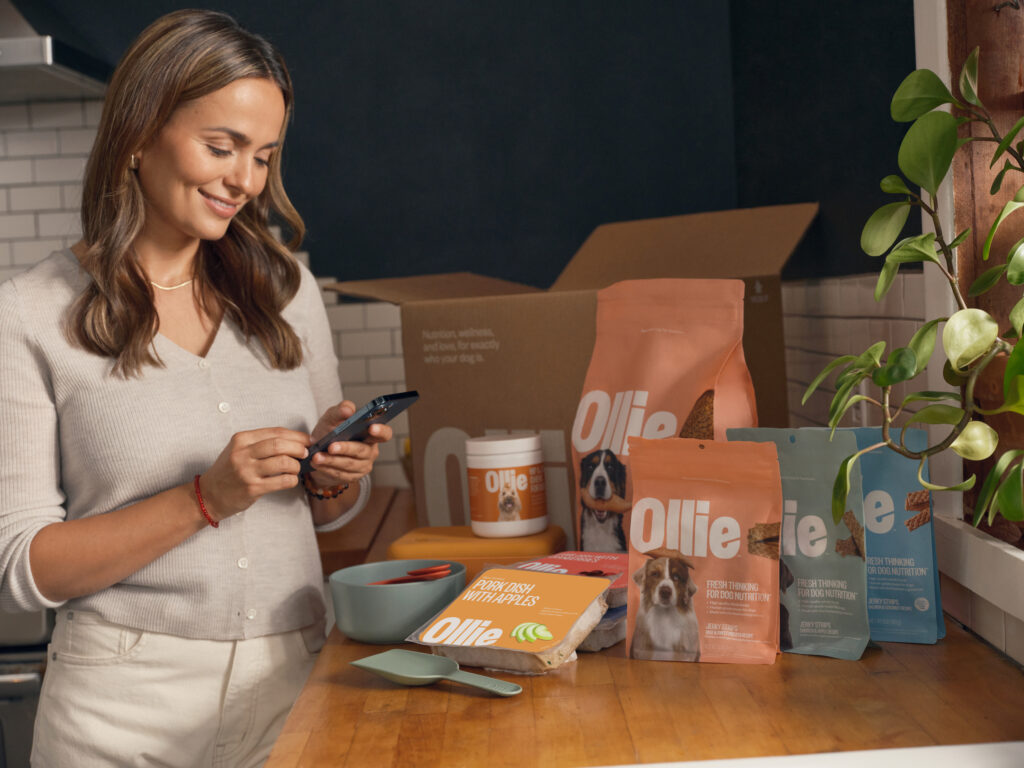
How to Choose the Right Food for Your Dog
Navigating the world of dog food can be overwhelming. The key is to focus on your individual dog’s needs and prioritize quality and nutritional science.
1. Consult Your Veterinarian
Your veterinarian is your most important partner in choosing your dog’s food. They understand your pup’s health history, lifestyle, and any specific risks. Before making any dietary changes—especially to a specialized diet like grain-free—schedule a consultation. They can help you weigh the pros and cons and determine if the switch is truly necessary [6].
2. Look for High-Quality, Balanced Nutrition
Regardless of whether it contains grains, a healthy dog food must be “complete and balanced” according to the standards set by the Association of American Feed Control Officials (AAFCO) [1]. This ensures it provides all the essential nutrients your dog needs to thrive. Focus on recipes with high-quality, identifiable ingredients.
3. Consider a Fresh Food Alternative
For pet parents seeking healthy dog food alternatives, fresh food is an option. Fresh food diets, like Ollie, use human-grade ingredients that are gently cooked to preserve nutrients. These diets are often formulated with veterinary nutritionists to be complete and balanced, using high-quality proteins, vegetables, fruits, and seeds. Some companies provide customized meal plans tailored to your dog’s specific needs, taking the guesswork out of feeding.
Conclusion: Making an Informed Decision
The decision to feed a grain-free diet is complex. While it may be necessary for a small number of dogs with specific allergies, it is not an inherently healthier choice for most dogs and comes with the potential risk of diet-associated DCM.
The best path forward is to work with your veterinarian to choose a high-quality, nutritionally balanced food that is appropriate for your dog’s life stage and health status. By prioritizing science-backed nutrition, you can ensure you’re making the best choice for your beloved companion’s long-term health and happiness.
Frequently Asked Questions (FAQs)
Is grain-free dog food bad for all dogs?
Not necessarily, but it’s a choice that requires careful consideration. The FDA is still investigating a potential link between grain-free diets high in legumes and the heart condition DCM. For most dogs without a diagnosed grain allergy, a high-quality, grain-inclusive diet is a safe and healthy choice. Always consult your vet.
How do I know if my dog has a grain allergy?
True grain allergies are uncommon. Symptoms of a food allergy can include chronic ear infections, itchy skin (especially on the paws and belly), and gastrointestinal upset. Your veterinarian can help you diagnose an allergy through an elimination diet, which is the gold standard for identifying food sensitivities [4].
What are healthy alternatives to grain-free kibble?
Healthy alternatives include premium kibble made with whole grains or fresh food diets like Ollie. Fresh food diets use human-grade ingredients that are minimally processed. These diets are formulated by experts to be nutritionally complete and are a way to provide high-quality, digestible nutrition.
If I switch my dog off a grain-free diet, what should I look for?
Look for a food that meets AAFCO standards for “complete and balanced” nutrition and features high-quality protein and whole grains like brown rice, barley, or oats. When you switch foods, do so gradually over 7–10 days by mixing the new food with the old to prevent digestive upset.
Citations
- [1] https://www.goodrx.com/pet-health/dog/is-grain-free-bad-for-dogs
- [2] https://petzyo.com.au/blogs/health-wellbeing/a-grain-free-diet-for-dogs-is-it-better
- [3] https://www.akc.org/expert-advice/nutrition/fda-grain-free-diet-alert-dcm/
- [4] https://chimacumvet.com/blog/dog-nutrition/
- [5] https://www.petmd.com/dog/nutrition/veterinary-dog-food
- [6] https://www.petmd.com/dog/nutrition/are-grain-free-diets-bad-for-dogs
Tagged As:
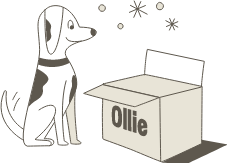
The nutrition your dog needs,
the food they want.

Enjoying our articles? Subscribe our Newsletters and get new articles directly to your inbox
You might also like
3 July 2025
5 MINS READ
How Fresh Food Can Help Your Dog Have Perfect Poops
As a pup parent, you’re likely very familiar with your dog’s bathroom habits. While it may not be the most glamorous part of taking care of your pup, a dog’s stool can be one of the most dir…
by Ollie Pets
3 July 2025
5 MINS READ
Understanding the Risks of Raw Dog Food
When it comes to choosing the right diet for your dog, understanding the full picture is crucial for making an informed decision. In this article, we’ll dig deeper into what defines a raw diet, …
by Ollie Pets
3 July 2025
4 MINS READ
Understanding a Balanced Diet for Your Dog
As a dedicated pet parent, you want to provide the best for your dog, and that starts with their food bowl. We all understand the basics of a balanced diet for ourselves, but what does that look l…
by Ollie Pets
